Get the latest machine learning algorithms and techniques

Intelligent Decisioning can help telcos adapt to disruption, meet new demands and plan for the future.
Get the latest machine learning algorithms and techniques

Intelligent Decisioning can help telcos adapt to disruption, meet new demands and plan for the future.

In the preceding two posts, we looked at issues around interpretability of modern black-box machine-learning models and introduced SAS® Model Studio within SAS® Visual Data Mining and Machine Learning. Now we turn our attention to programmatic interpretability.

If you're my kids, the term, “continuous integration,” might have you thinking about how much time you’ve spent lately with the family, and “continuous delivery” is what's been happening on the front porch the past few weeks. But to a software developer, these terms mean something entirely different. Combined and

An Essential Role for Intelligent Decisioning in Telecommunications

오늘 6월 17일(미 동부 시간 기준 16일) 온라인으로 개최한 ‘SAS 글로벌 포럼 2020’에서 SAS는 최신 클라우드 기술을 접목해 의사결정 과정을 가속화하는 AI 기반 엔터프라이즈 분석 플랫폼의 최신 버전 ‘SAS 바이야 4(SAS® Viya® 4)’를 공개하고 마이크로소프트와 클라우드 전환 가속화를 위한 전략적 파트너십 체결을 발표했습니다. 클라우드로 전환하는 비즈니스 IT 트렌드에 발 맞추어

It’s official: NASA no longer builds spaceships. They’ve outsourced that task. According to NASA administrator Jim Bridenstine, "We're going with commercial partners. NASA is not purchasing, owning and operating the hardware. We're buying the service." Why? Because NASA needs to focus on exploring space, not building the transportation to get

Rapid demand response forecasting techniques are forecasting processes that can incorporate key information quickly enough to act upon in real time by agile supply chains. Retailers and consumer goods suppliers are urgently trying to determine how changes in consumer behavior will affect their regions, channels, categories, brands and products during

In the second of a three-part series of posts, SAS' Funda Gunes and her colleague Ricky Tharrington summarize model-agnostic model interpretability in SAS Viya.

Intelligent decisioning can help telcos survive the retail shutdown by accelerating the shift to digital channels
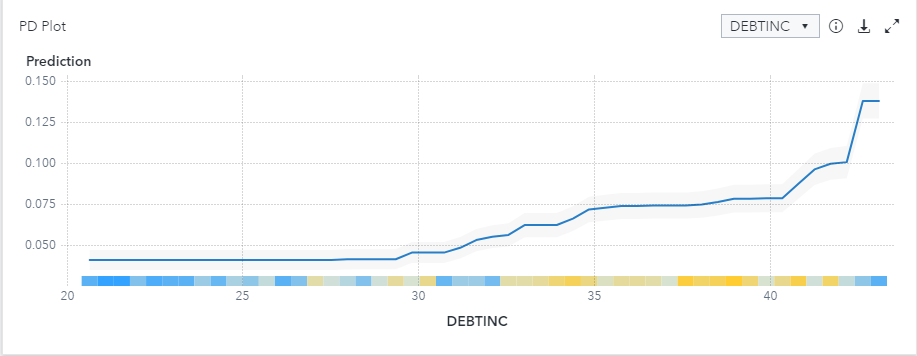
A monotonic relationship exists when a model’s output increases or stays constant in step with an increase in your model’s inputs. Relationships can be monotonically increasing or decreasing with the distinction based on which direction the input and output travel. A common example is in credit risk where you would expect someone’s risk score to increase with the amount of debt they have relative to their income.

SASの一つの顔は、アナリティクスで営利目的の意思決定を支援 筆者は、SAS社員として、20年以上に渡りアナリティクスおよびAIで企業・組織を支援してきました。 金融機関における、リスク管理や債権回収の最適化 通信業における、顧客LTV最大化、ネットワーク最適化やマーケティング活動の最適化 製造業における、需要予測、在庫最適化、製造品質の向上や調達最適化 流通・小売業における、需要予測やサプライチェーン最適化 運輸業における、輸送最適化や料金最適化 ライフサイエンス・製薬企業における、業務の最適化 官公庁における、市民サービス向上のための不正検知 など、様々な業種・業務においてアナリティクスの適用によるお客様のビジネス課題の解決に携わってきました。営利目的(ここでは市民サービスの向上も含めることにします)の企業・組織におけるアナリティクスの活用目的は主に以下の3つに集約されます。 収益(売り上げ)の増大 コストの低減 リスク管理 アナリティクスは、いわゆる「データ分析」を手段とし、過去起きたことを把握して問題を定義し、次に将来を予測し、様々な選択肢の中から最適な予測に基づいて意思決定をしていくことになりますが、その過程の中で、起きてほしい事象を予測して促進したり、起きてほしくない事象を予測して防いだり、その予測のばらつきを管理したりということを行っていきます。 このような営利目的でのアナリティクスの活用はSASという会社が誕生した40年以上前から行われており、基本的な活用フレームワークは変わっていません。IT技術の進化によって、利用可能なデータの種類や大きさが、増えてきただけにすぎないと言えます。例えば、昨今のAIブームの代表格であるディープラーニングですが、ディープラーニングという処理方式の進化と、GPUという処理機械の進化によって、非構造化データをより良く構造化しているものであり、もちろんモデリング時のパラメータ推定値は何十億倍にはなっていますが、モデリングのための1データソースにすぎません。もう少しするとディープラーニングも使いやすくなり、他の手法同様、それを使いこなすあるいは手法を発展させることに時間を費やすフェーズから、(中身を気にせず)使いこなせてあたりまえの時代になるのではないでしょうか。 SASのもう一つの顔、そして、SAS社員としての誇り、Data for Goodへのアナリティクスの適用 前置きが長くなりましたが、SAS社員としてアナリティクスに携わってきた中で幸運だったのは、データの管理、統計解析、機械学習、AI技術と、それを生かすためのアプリケーション化、そのためのツール、学習方法や、ビジネス価値を創出するための方法論や無数の事例に日常的に囲まれていたことだと思います。それにより、それら手段や適用可能性そのものを学習したり模索することではなく、その先の「どんな価値創出を成すか?」「様々な問題がある中で優先順位の高い解くべき問題はなにか?」という観点に時間というリソースを費やすことができていることだと思います。そのような日常の仕事環境においては、アナリティクスの活用を営利目的だけではなく、非営利目的の社会課題の解決に役立てるというのは企業の社会的責任を果たす観点においても必然であり、Data for Goodの取り組みとしてSAS社がユニークに貢献できることであり、SAS社員として誇れるところだと考えています。 最終的に成果を左右するのは「データ」 そして、もう一つの真実に我々は常に直面します。クラウド・テクノロジー、機械学習、ディープラーニングなどの処理テクノロジーがどんなに進歩しようともアナリティクス/AIによって得られる成果を左右するのは「データ」です。どのようなデータから学習するかによって結果は決まってきます。 IoT技術で収集したセンサーデータは知りたい「モノ」の真実を表しているだろうか? 学習データに付与されたラベル情報は正確だろうか? 学習データは目的を達成するために必要な集合だろうか? そのデータは顧客の心理や従業員の心理をどこまで忠実に表しているだろうか? 特に、Data for Goodのチャレンジはまさにそのデータ収集からスタートします。ほとんどの場合、データは目的に対して収集する必要があります。そして、下記の取り組みのうち2つはまさに、我々一人一人が参加できる、市民によるデータサイエンス活動として、AI/アナリティクスの心臓部分であるデータをクラウドソーシングによって作り上げるプロジェクトです。 Data for Good: 人間社会に大きな影響を及ぼすミツバチの社会をより良くする 概要はこちらのプレスリリース「SAS、高度なアナリティクスと機械学習を通じて健康なミツバチの個体数を増大(日本語)」をご参照ください。 ミツバチは、人間の食糧に直接用いられる植物種全体の75%近くに関して受粉を行っていますが、ミツバチのコロニーの数は減少しており、人類の食糧供給の壊滅的な損失につながる可能性があります。この取り組みでは、IoT, 機械学習, AI技術, ビジュアライゼーションなどSAS のテクノロジーを活用し、ミツバチの個体数の保全/保護する様々なプロジェクトを推進しています。この取り組みは以下の3つのプロジェクトから成り立っています。 ミツバチの群れの健康を非侵襲的に監視 SASのIoT部門の研究者は、SAS Event Stream ProcessingおよびSAS Viyaソフトウェアで提供されているデジタル信号処理ツールと機械学習アルゴリズムを用いて、ミツバチの巣箱の状態をリアルタイムで非侵襲的に追跡するために、生物音響監視システムを開発しています。このシステムによって養蜂家は、コロニーの失敗につながりかねない巣箱の問題を効果的に理解し、予測できるようになります。 関連ページ:5 ways to measure

In many countries, retail has been right at the centre of the coronavirus storm. Some retailers – those selling essential goods – have been unable or barely able to keep up with demand. Other sectors, notably clothes and luxury goods, have seen a complete drop-off in demand. Some retailers have

In a previous article, I discussed the definition of the Kullback-Leibler (K-L) divergence between two discrete probability distributions. For completeness, this article shows how to compute the Kullback-Leibler divergence between two continuous distributions. When f and g are discrete distributions, the K-L divergence is the sum of f(x)*log(f(x)/g(x)) over all
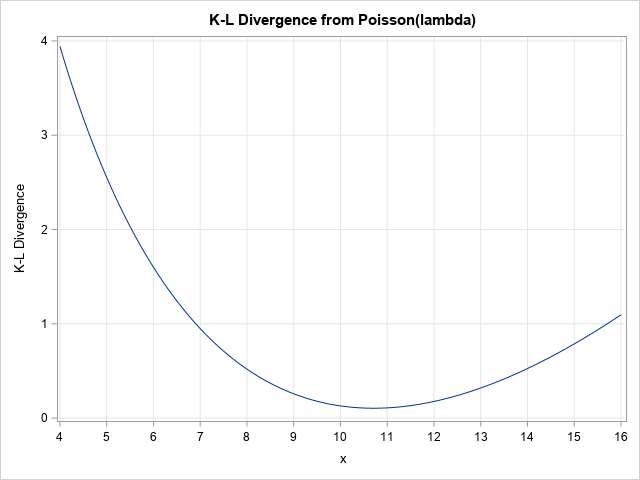
The Kullback–Leibler divergence is a measure of dissimilarity between two probability distributions. An application in machine learning is to measure how distributions in a parametric family differ from a data distribution. This article shows that if you minimize the Kullback–Leibler divergence over a set of parameters, you can find a
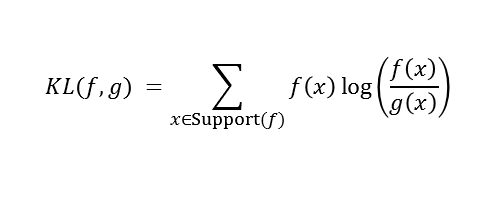
If you have been learning about machine learning or mathematical statistics, you might have heard about the Kullback–Leibler divergence. The Kullback–Leibler divergence is a measure of dissimilarity between two probability distributions. It measures how much one distribution differs from a reference distribution. This article explains the Kullback–Leibler divergence and shows

If you are a government leader, or one of the millions of people employed in the public sector globally, these last 100 days have probably been the most challenging of your lifetime. It is also an unprecedented opportunity to show how dedicated public servants and their agencies can best serve

Developing a loan approval application is a sensitive task since automatically approving loans to customers who will default can be costly for a lender. SAS enables quick and easy development and exposure of decision-making models from a single source. A simple and robust environment can make decisions less prone to errors.

Few of us expected to experience problems with retailers during the lockdown. Most people have, after all, been happily buying online for years. Why would anything change just because some physical shops closed for a while, or some people could not go out? However, the challenges went a bit deeper

In recent years, we have seen huge changes in the areas of logistics and supply chain management. And it is no exaggeration to say that those are only the tip of the iceberg. These changes are the result of a number of factors coming together. Arguably the biggest trigger for

In the first of a three-part series of posts, SAS' Funda Gunes and her colleague Ricky Tharrington summarize model-agnostic model interpretability in SAS Viya.

Cybercriminals are licking their lips at the prospect of businesses moving more of their services online. Machine learning can help your company keep the fraudsters at bay.

Modelos de machine learning estão cada dia mais em alta no mercado de trabalho. Mas o que são esses modelos? Por que eles ganharam tanto destaque? Por que todos querem usar? Gosto de dizer que modelos de machine learning são modelos estatísticos acrescidos de poder computacional, e que as empresas
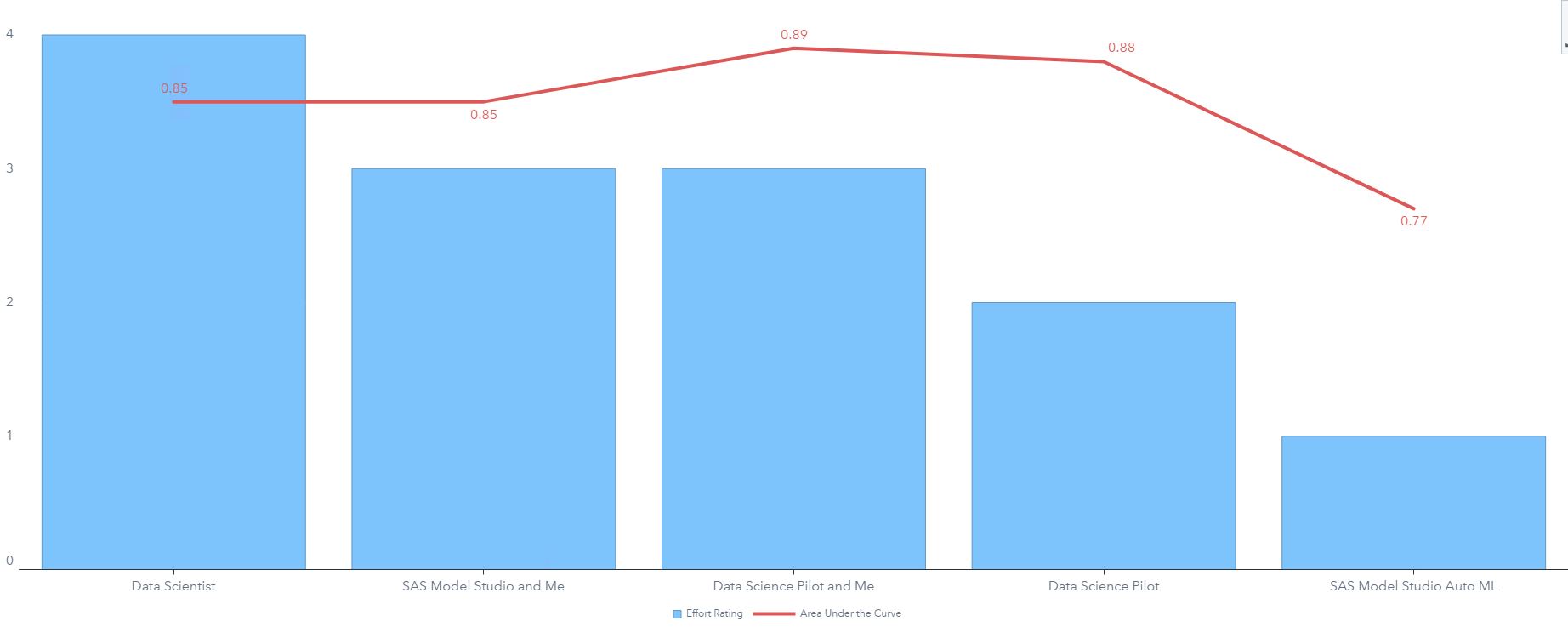
Ever since automated machine learning has entered the scene, people are asking, "Will automated machine learning replace data scientists?"

By transferring non-differentiating activities to modular industry utilities, banks could potentially improve return on equity by 60 to 100 basis points.
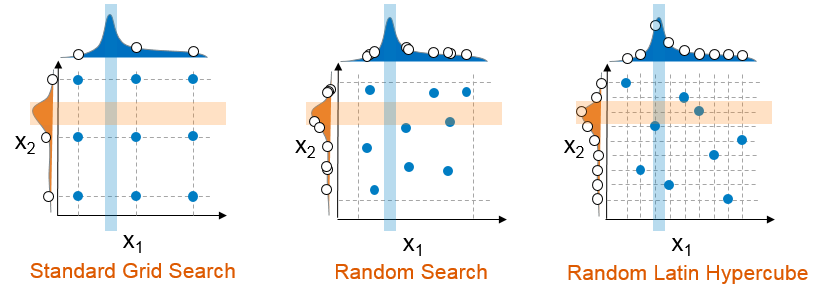
Through hyperparameter autotuning, you can maximize a model's performance without maximizing effort. While SAS searches the hyperparameter space in the background, you are free to pursue other work.
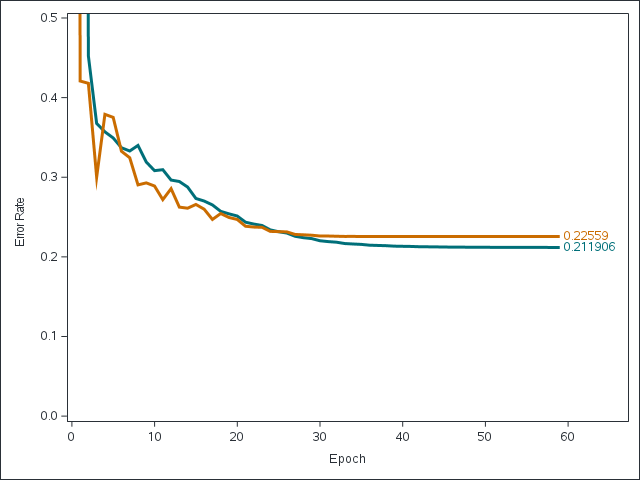
Deep learning is an area of machine learning that has become ubiquitous with artificial intelligence. The complex, brain-like structure of deep learning models is used to find intricate patterns in large volumes of data. These models have heavily improved the performance of general supervised models, time series, speech recognition, object

Most organisations that must maintain a physical network have similar challenges in keeping their networks safe and operational. Whether you run an energy distribution network, a telecommunications network, or a road, rail or canal network, you need to keep it clear of obstructions. And one of the biggest culprits tends

To foster digital business transformation, banks need to redesign both internal and customer-facing processes to embed data-driven decision-making.

Our customers confirmed that it really does not matter to them whether the selection of goods, pricing or advertising are chosen by machine, or by a human buyer.

2019년 12월, 중국을 시작으로 발생한 코로나바이러스감염증-19(COVID-19)가 전 세계로 확산되며 190개 국가에서 32만명이 넘는 확진 환자가 발생했습니다. (2020년 3월 23일 기준) 세계보건기구(WHO)는 3월 11일 감염 확산세가 지속되자 홍콩독감(1968), 신종플루(2009)에 이어 사상 세 번째로 코로나19에 대해 팬데믹(pandemic; 세계적 대유행)을 선포했는데요. 한국 역시 지난 2월 23일 코로나19 대응 수준이 ‘심각’ 단계로 격상되며 확진자가